Cancer disease:this much We should know
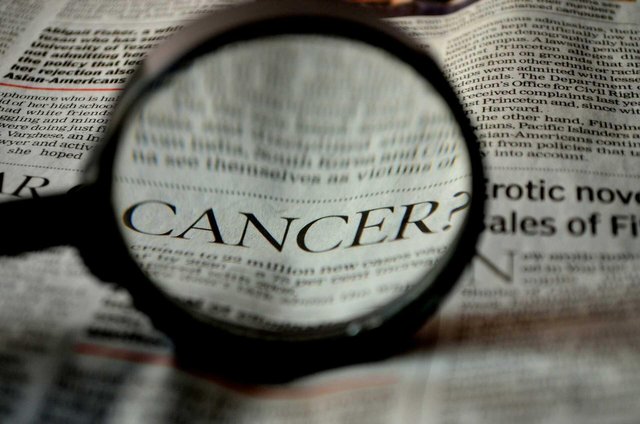
When I was 10 year old I lost my maternal grandmother due to liver cancer,she was very loving and caring women.When ,I adopted biology ,I figured out many of people still don't knew about it.That's why I better thought to bring at least this much information which should be complete in itself!Well lets starts
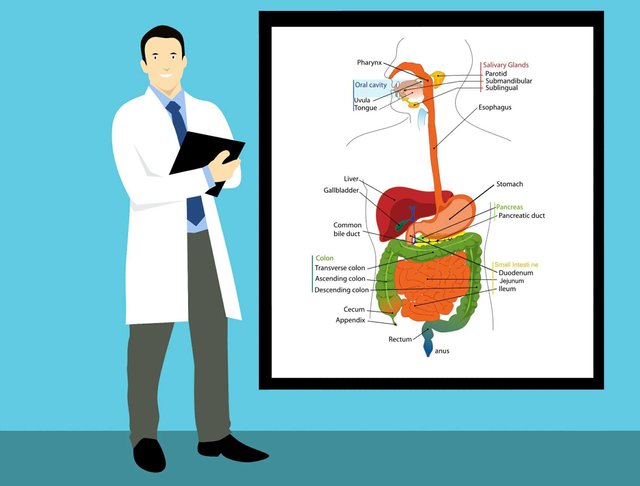
What is Cancer?
Cancer is an abnormal and uncontrolled division of cells,known as cancer cells,that invade and Destroy the surrounding tissues.Generally Cancer is defined as uncontrolled proliferation of cells without any differentiation.Cancer are different from normal cells in some aspects.They, do not remain confined to one part of the body.They penetrate and infiltrate into adjoining tissues and dislocate their functions.Some of the cancer cells get detached from the main sites of origin and travel by blood and lymph to sites distance from original tumour and form fresh colonies called metastasis or secondary growth
Difference between Cancer cells and normal cells 🙌
1.These cell divide in an unregulated/uncontrolled manner.
2.There lifespan is not definite
3.These cells do not respond to control mechanism and do not show contact inhibition.
How Cancer cells differ from normal cell?
Normal cell have limited life span.They are usually replaced by new cell through cell division and cell differentiation.Their production is regulated in such a manner that the number of a given cell types remain nearly constant .Normal cells,inhibit their uncontrolled growth by a process called contact inhibition.
But,Cancer cell seems to lost this property and grow in uncontrolled manner,can expand irregularly.This uncontrolled growth is called tumour or neoplasm
Types of Tumour.👈
1,** Benign Tumour (Nonmalignant Tumour)**
It remains confined to the sites of its origin and doesn't spread to other parts of body.It is non cancerous causes little damage to body.
2".Malignant Tumour (Cancerous Tumour)-It first grow slowly .No symptoms are noticed.Ths stage is called the latent stage.The Tumour later grow quickly.The Cancer cell go beyond adjacent tissue and enter the blood and lymph.Once this happens,they migrate to many other sites in the body where the Cancer cell continue to divide.A common phenomenon in which Cancer cell spread to distance sites through body fluids to develop secondary Tumour is called metastasis.Only malignant tumor are properly designated as Cancer.
Properties of cancer cells
1.uncontrolled proliferative ability
2.Extracellular growth factor are not required
3.Overgrowth and ability to invade new sites(metastasis)
4 Nucleus become irregular with abundant granules.
5.There is increase in number of Lysosomes, reduction in mitochondrial cristae,more malanin and debris in cytoplasm
6.Cancer cells resist induction of cell death which promotes development of Tumours.
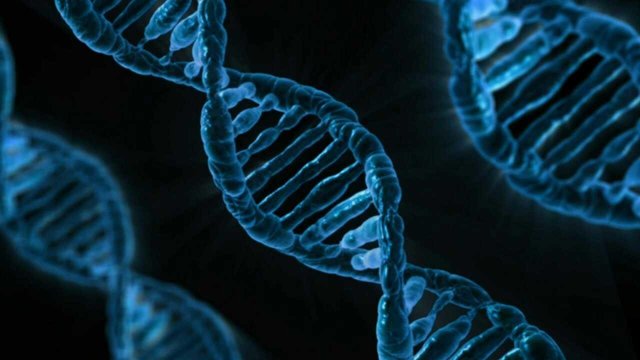
Types of cancers
They are classified on the basis of tissue in which they arise.🏃🏃🏃🏥
1.Carcinomas. This type is mainly derived from epithelial cells.They includes cervical (cervix is a part of uterus) Cancer,breast cancer,skin cancer,brain cancer,lung cancer, stomach cancer etc.
About 80%of all Tumour are carcinoma. Lungs Cancer account for 31.1%of Cancer death in men and 25%in women.
2** Melanomas. Cancerous growth of melanocytes (a type of skin cancer) is called Melanomas
3. Sarcomas.** These cancers are located in connective tissues and muscular tissues derived from mesoderm.Thus, they include the Cancers of bones, cartilage, tendon,adipose tissue, lymphoid tissue and muscles.
Cancer of bones is called osteoma.
Cancer of adipose tissue as** lipomas**
They are rare in humans : about 1%of all Tumour are sarcomas.
🏥
3.** Leukaemias and Lymphoma**:These are Tumour of haematopoietic cells.
(a) Chronic Myelogenous Leukaemia (CML): This fatal cancer occurs mainly due to reciprocal translocation between chromosome 22 and chromosome 9 which produces abnormal chromosome 22( Philadelphia chromosome)😱😱😱
(b) Burkitt's Lymphoma: This is produced due to reciprocal translocation between chromosome -8 and chromosome- 14
Causes of Cancers
Those physical and chemical agent are called carcinogens which belongs to three categories
(1)** Oncogenic Transformation:**
They bring change in genetic material.They are two types, radiation and chemicals
(2) Tumour promoters: They promote proliferation of cell which have undergone Oncogenic transformation eg some growth factors , hormones
(3) Tumour viruses: some viruses are are known to be connected with Oncogenic Transformation.🚑🚑
Another classification
Physical irritant: **
(a) use of Kangri( an earthen pot containing burning coal) by Kashmiris causes abdominal skin cancer as these people keep Kangri close to their abdomen during winter.
(b)Betal and Tobacco chewing causes oral cancer
(c)Heavy smoking oral,pharynx,and larynx Cancer
(d) jagged teeth may causes tongue cancer etc
Chemical agent
Caffeine, nicotine,products after combustion of coal,oil, pesticides,constant use of artificial sweetener.
An animal protein rich in diet is known to causes cancer of large intestine.
Chimney sweeper may develop scrotum Cancer.Dye worker have a high rate of bladder cancer.
Carcinogens. ** Organ affect
1.soot. - Skin,lungs
2.coltar. - Skin,lungs
(3,4-benzopirene)
3.Cigarette smoke. - Lungs
(N- nitrosodimetylene)
4.Cadmium oxide -Prostate gland
5.Aflatoxin - liver
(a mould metabolize)
6.Mustard gas - Lungs
7.Nickel and
Chromium - Lungs
Compound
8.2- naptheylamine -Urinary
and bladder
4-aminobiphenyl
9.Vinylchloride. -Liver🚎🚎
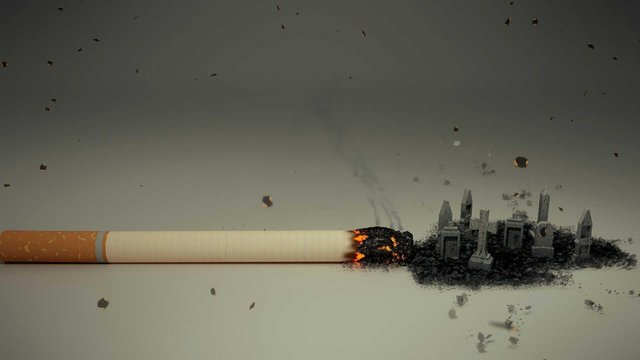
3** Radiation: **
The x-rays,cosmic rays,ultra-violet rays,etc.can causes cancer.Japanese people exposed to exposed to radiation from World War II nuclear bombing show five times the incident of Leukaemia seen in rest of the population.
4.** Biological Agents.**Some viruses and other parasites, excessive secretion of certain hormones are believed to cause Cancers.
Cancer and Genes
Cancer-associated genes are divided into the following three categories..
(i)Cancer causing viruses are Oncogenic viruses.The genes of Oncogenic viruses as viral Oncogenic.It is now held that all cells carry some Cancer causing genes called oncogenes which when activated under certain conditions could change into Oncogenic cells.Jumping genes are involved in this conversion.
(ii) Tumour suppressor genes that inhibit cell proliferation.
(iii)Genes that regulate programmed cell growth
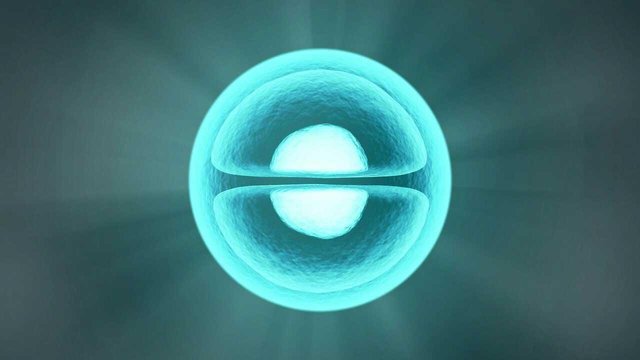
How cancers spread.?
Abnormal increase in number of cells in a tissue or organ forms a clone of proliferative cells.This excessive proliferation gives rise to a mass of cell which initially called benign Tumour.
This Benign Tumour enter into blood vessels and migrate to other sites in the body where these cells continue to divide,such Tumour cell are called malignant tumor,which is designated as Cancer.
Cancer detection and diagnosis
Early detection of cancer is essential as it allows the disease to be treated successfully in many cases. 
Following are techniques for detection and diagnosis.
Blood examination.💅
(1) Blood examination
(a) This is the test for increased WBC counts in the case of Leukaemia
(b)Detection of the tumor markers like -alpha-feto protein(AFP) for liver cancer,PSA(Prostate specific antigen) for Prostate cancer, alkaline phosphatase for bone metastasis.
(2)Biopsy: A piece of the suspected tissue is cut into thin sections,stained and is examined under Microscope.This is generally a histopathology study by a pathologist (Cancerous cells have high value of karyoplasmic index, Nucleus large and irregular,nuleolus large,number of mitochondria and ribosome increase)
(3)** F.N.N.C(fine needle aspiration cytology)- eg breast cyst/Tumour.Fluid is collected from Tumour and examined for cancer cell
(4)Pap smear**-It is for cervical carcinoma.Slide for cervical fluid.
(5) x rays, CT scan and MRI- these technique are useful for internal organs.
In C.T scan,X rays are used to generate a 3 D image of internal of object.
In MRI We use strong magnetic field and non ionizing radiation to accurately detect pathological and physiological changes in living tissue. 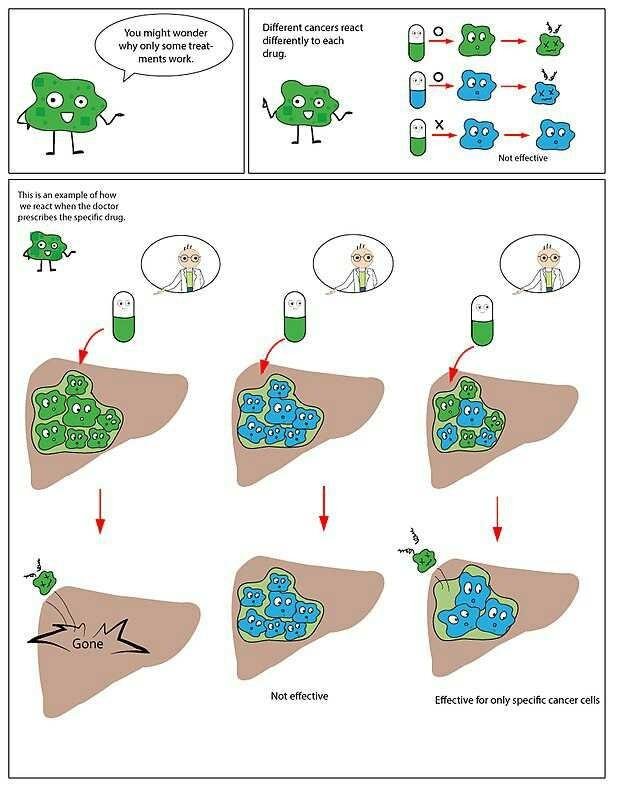
Image source Wikimedia under cc license
Author WasserLab
Modern technique
Antibodies (monoclonal) against cancer specific antigens are used for detection of certain Cancers.
Technique of molecular biology can be applied to detect Genes in individual with inherited susceptibility to certain Cancers.Identification of such genes,which predispose an individual to certain Cancers ,may be very helpful in prevention of Cancers.Such individual may be advised to avoid exposure to particular carcinogens to which they are susceptible.( For example tobbaco in case of lungs Cancer)
Treatment of cancer
(a) surgery-By removing the entire Cancerous tissue and involved lymph nodes.
(b) Radiotherapy-Tumour cell are irradiated lethally taking proper care of normal tissue and cell surrounding the tumour.
(c)Chemotherapy-
Anticancer drugs inhibit synthesis of DNA in Cancer cell stopping their cell cycle.
. Vincristine ( weed -Cantharanthus roseus = Vinca rosea)
. Vinblastine ( weed -* Cantharanthus roseus*=Vinca resea)
Taxol- from *Taxus baccata *
Majority of drugs have side effects like hair loss, anemia etc.
Alternation in genes lead to cancer and neoplastic transformation of a healthy cell.
- Proto-oncogenes
- Tumour Suppressor genes
- Suicide gene( these gene program cell death) these are certain Genes which determine neoplastic transformation of cell.
Today,Cancer is treated by combined therapy consisting of chemotherapy, radiotherapy ,surgery etc
Information source : internet
Trumen elementary biology +2
ALLEN distance biology part 1
NCERT biology class 12
Upvote .👍......This....And reblog it..